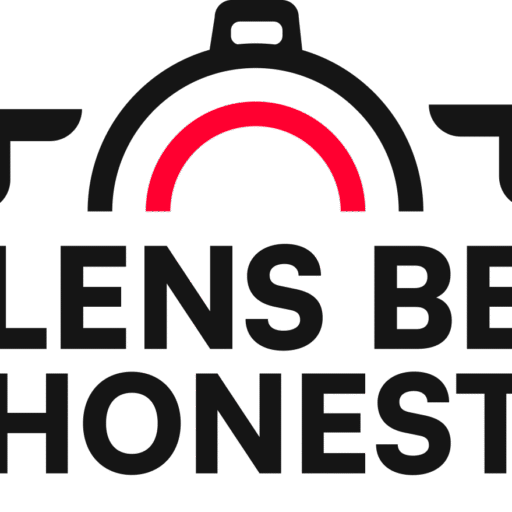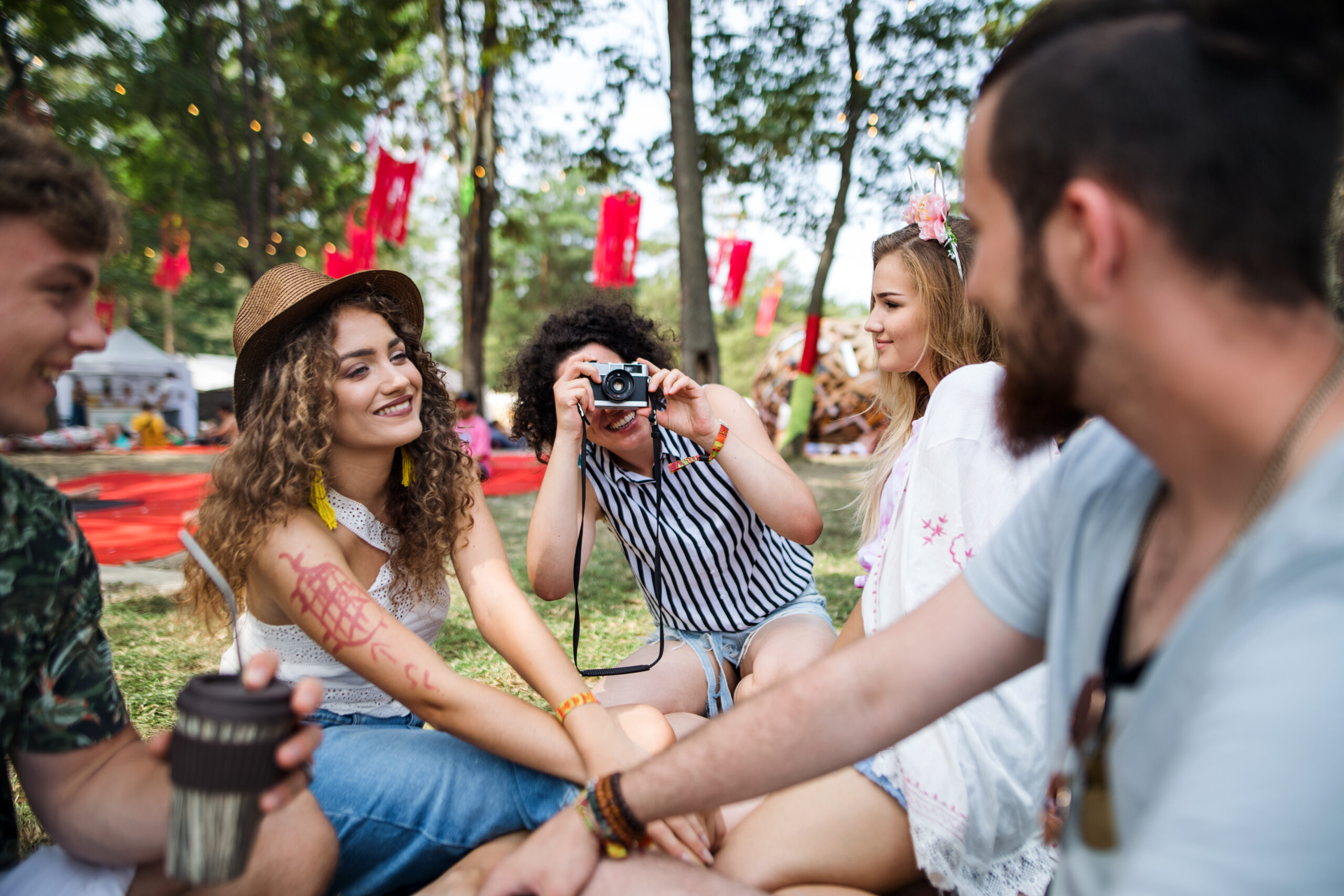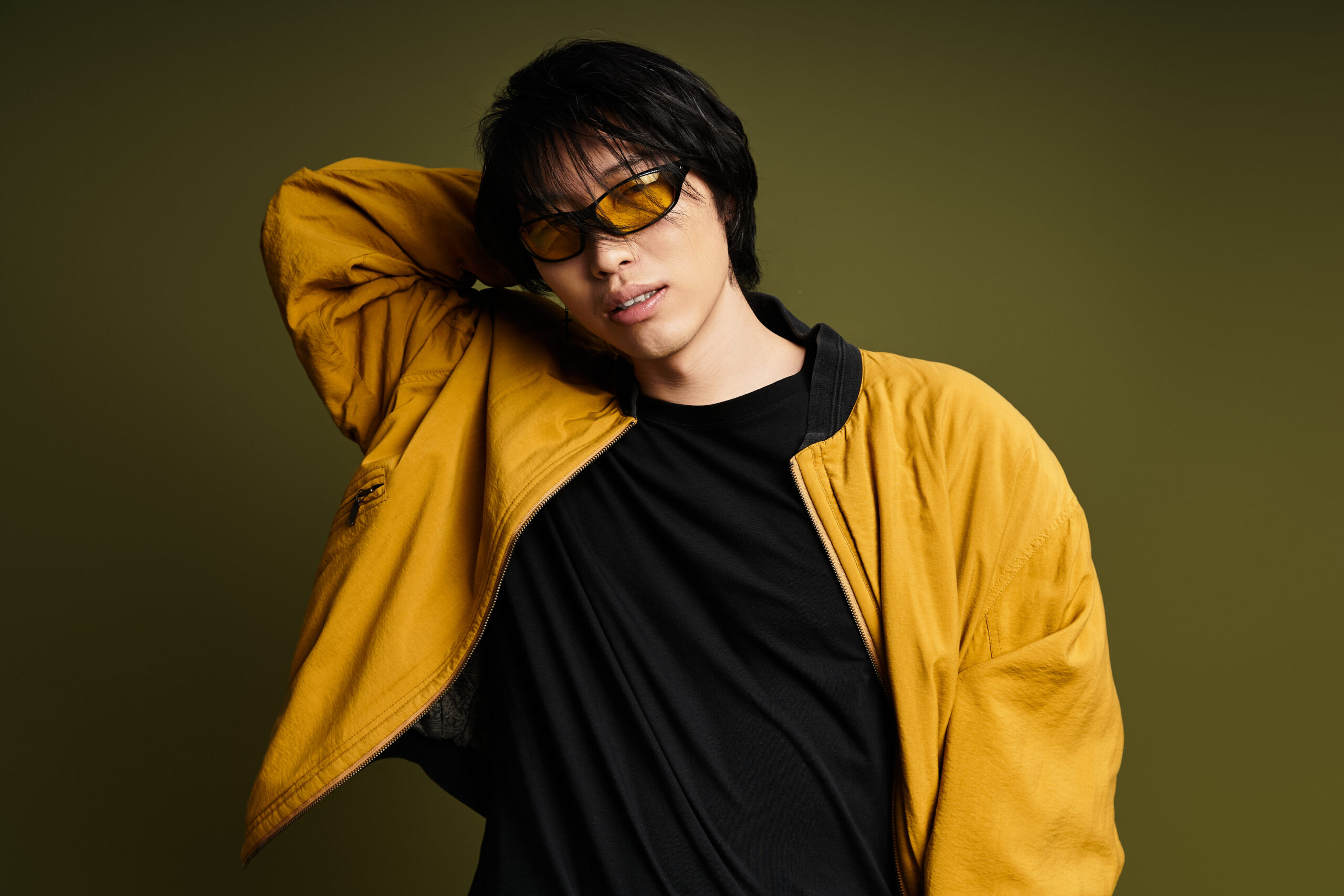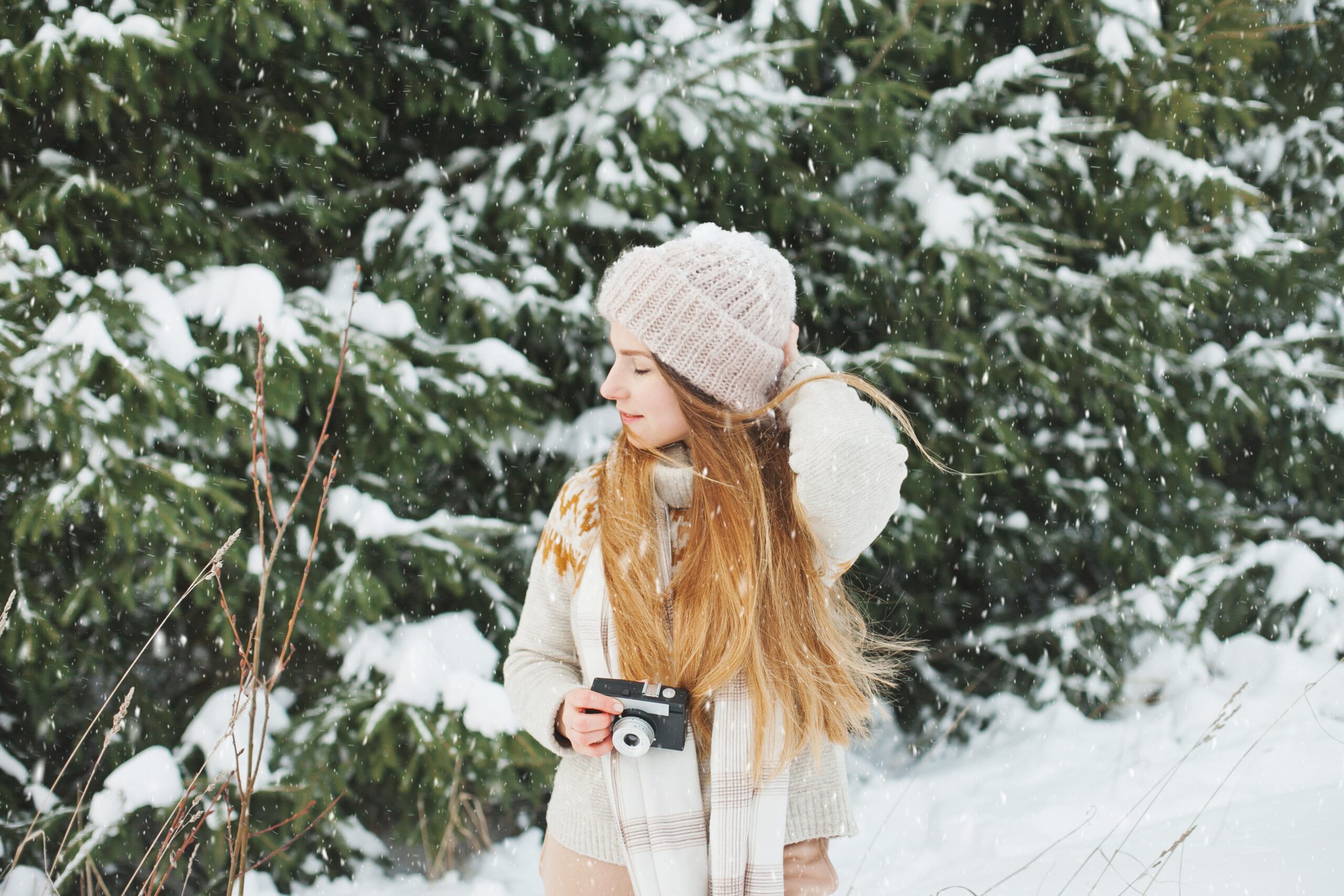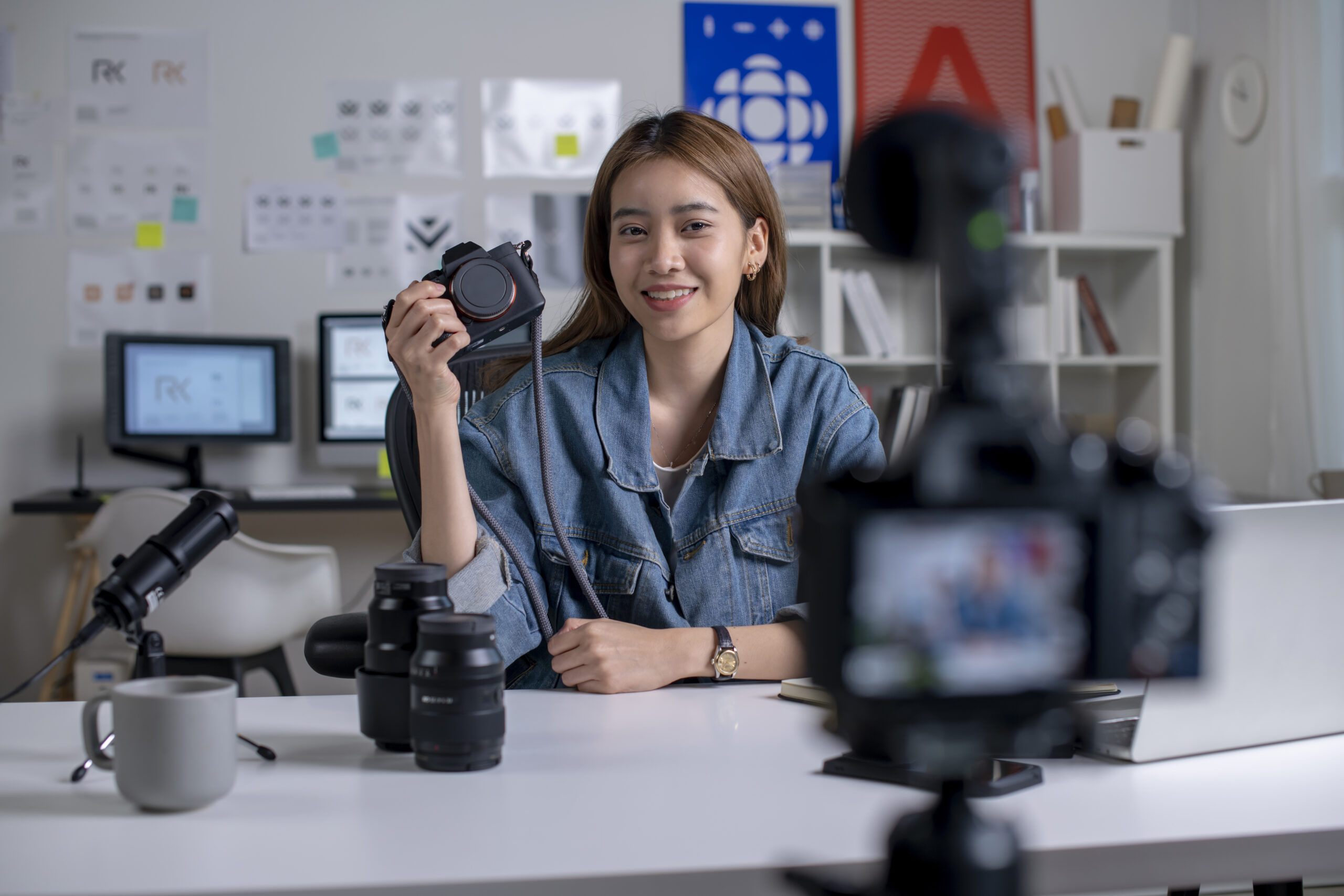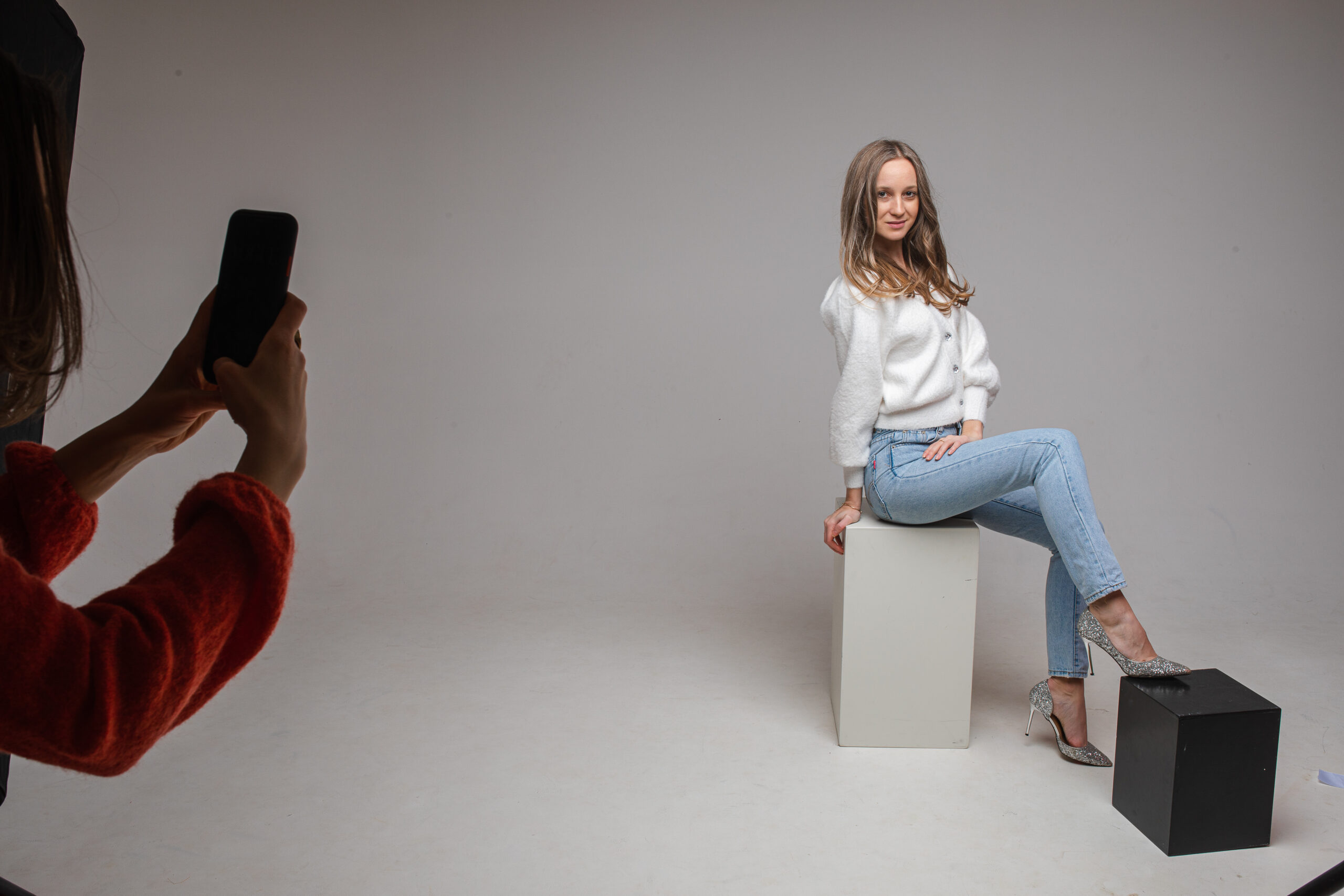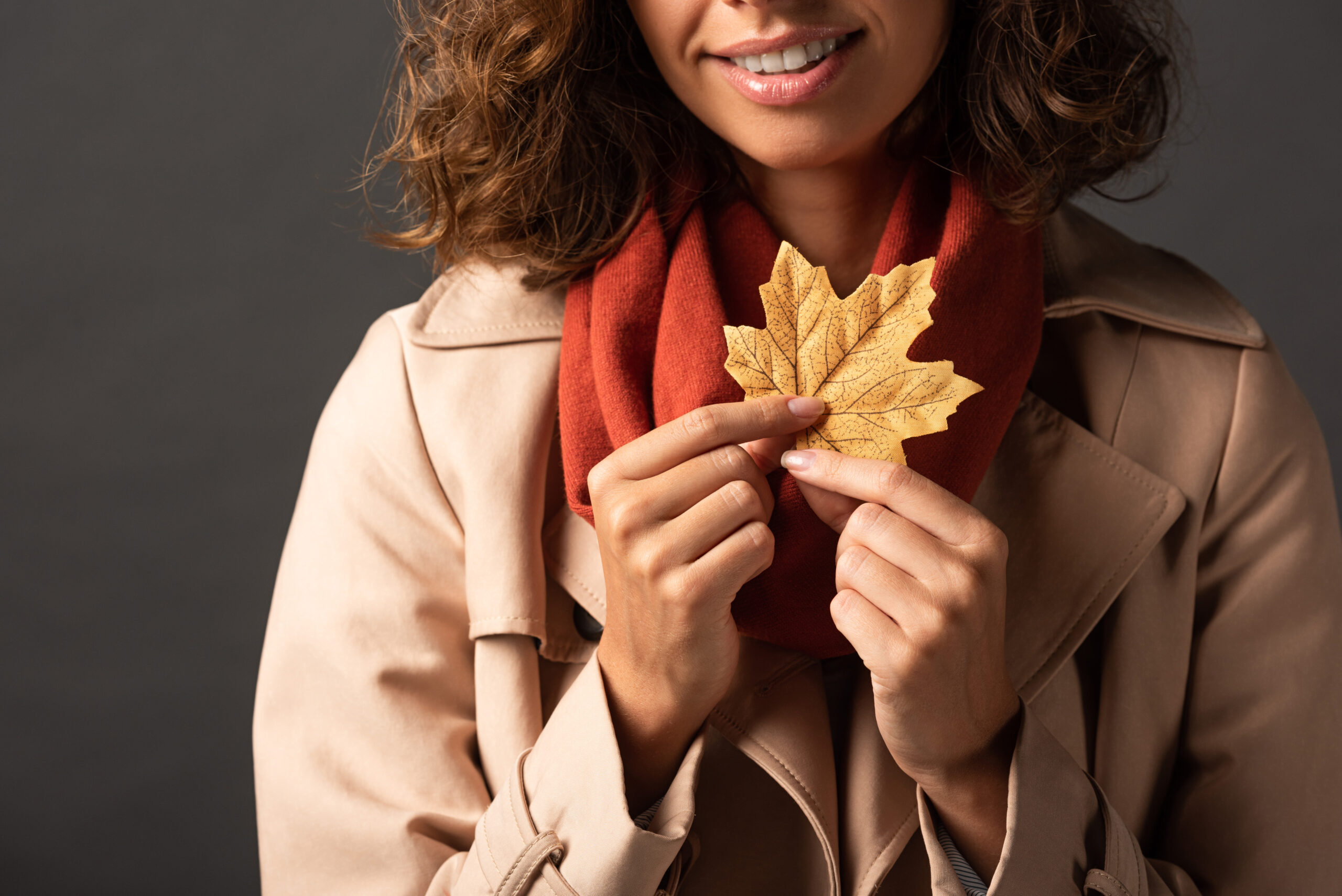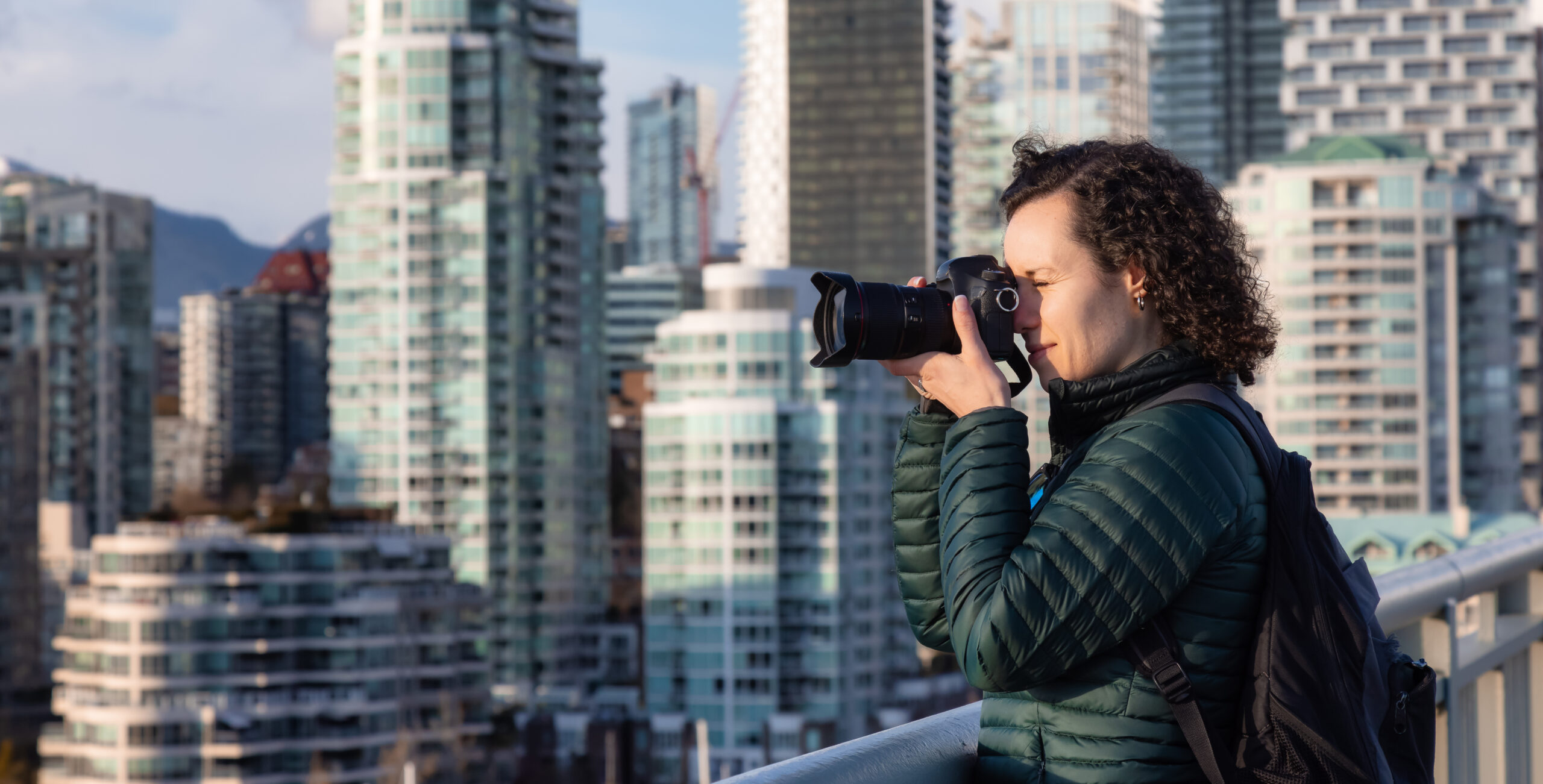Events are dynamic, fast-paced, and full of fleeting moments. Whether it’s a corporate launch, a vibrant wedding, or a milestone birthday party, capturing the essence of an occasion requires more than just a good camera. It demands skill, foresight, and a storyteller’s eye. At Lens Be Honest, we believe that great event photography transforms a passing moment into a lasting memory.
This guide is filled with professional event photography tips to help you capture stunning images that tell a compelling story. We’ll cover everything from preparation and gear to shooting techniques and post-production, giving you the insights needed to elevate your craft.
Preparation is Key: Before the Event
The best event photos are born from meticulous planning. Walking into an event unprepared is a recipe for missed shots and chaotic work.
Understand the Brief and the Client’s Vision
Before you even touch your camera, have a detailed conversation with your client. What is the purpose of the event? Who are the key people? What are the “must-have” shots? Understanding their vision is crucial. For corporate events, the goal might be to create authentic brand stories through images that showcase company culture and engagement. For a wedding, the focus will be on emotion, family, and the couple’s journey. Create a shot list based on this conversation, but remain flexible enough to capture spontaneous moments.
Scout the Venue
If possible, visit the event location beforehand. Take note of the lighting conditions—are there large windows with natural light, or will you be relying on dim, artificial lighting? Identify the best spots for key shots, such as the stage, entrance, and any branded backdrops. This reconnaissance mission helps you anticipate challenges and plan your equipment accordingly. If you can’t visit in person, look for photos online or ask the event coordinator for a floor plan.
Pack Your Gear Smartly
Having the right equipment is essential, but overpacking can slow you down. Here’s a reliable checklist:
- Cameras: Bring at least two camera bodies. This provides a backup and allows you to have different lenses ready to go, minimizing lens-swapping time.
- Lenses: A versatile zoom lens (like a 24-70mm f/2.8) is perfect for capturing a wide variety of shots, from wide-angle scenes to tighter portraits. A prime lens (like a 50mm f/1.8 or 85mm f/1.8) is great for low-light situations and creating beautiful background blur.
- Lighting: An on-camera flash or speedlight is non-negotiable for most indoor events. Consider bringing an off-camera flash and a light stand for more dynamic and professional-looking lighting.
- Batteries and Memory Cards: Pack more than you think you’ll need. Events can run longer than expected, and you don’t want to be caught with a dead battery or a full memory card during a key moment.
During the Event: Capturing the Story
With your preparation complete, it’s time to shoot. Your role is to be a visual historian, documenting the event as it unfolds.
Tell a Comprehensive Story
Great event photography tells a story from beginning to end. Start by capturing the details before guests arrive—the empty room, table settings, and branding. These “scene-setting” shots provide context. As guests arrive, focus on interactions, greetings, and candid moments. During the main event, be sure to capture speakers, performances, and audience reactions. Finally, photograph the closing moments and networking to round out the narrative.
Master Your Camera Settings
Events are unpredictable, so you need to be comfortable adjusting your settings on the fly.
- Shooting Mode: Many professionals use Aperture Priority (A/Av) mode to control the depth of field while letting the camera manage the shutter speed. For fast-moving action, Shutter Priority (S/Tv) or full Manual (M) mode gives you more control.
- ISO: Don’t be afraid to increase your ISO in low-light environments. Modern cameras handle high ISOs well, and a slightly grainy photo is always better than a blurry one.
- Focus: Use continuous autofocus (AF-C/AI Servo) to track moving subjects, ensuring your shots are sharp even when people are walking or dancing.
Focus on Candid Moments, Not Just Posed Shots
While posed group photos are often required, the most memorable images are usually the candid ones. Look for people laughing, deep in conversation, or reacting to a speech. These unscripted moments capture the true atmosphere of the event. Be discreet and use a longer lens to photograph people from a distance without making them feel self-conscious. This approach is one of our most valued event photography tips at Lens Be Honest.
Advanced Techniques and Creative Shots
Once you have the essential shots covered, it’s time to get creative.
Play with Angles and Perspectives
Don’t stay in one spot. Move around the room and experiment with different viewpoints. Get low to the ground for a dramatic perspective or find a high vantage point to capture the scale of the event. Shooting through objects, like a glass or foliage, can add depth and an artistic touch to your images.
Capture the Details
The small details often tell a big story. Photograph the custom decorations, the carefully plated food, the branding on napkins, or the unique floral arrangements. These shots add texture and richness to the final photo gallery. For those interested in this level of detail, a good Product Photography Guide can offer valuable techniques that are easily transferable to capturing event details with precision.
Post-Production: Polishing Your Images
Your work isn’t finished when the event ends. Post-production is where you refine your images and ensure they align with the client’s brand and vision.
- Culling: Be ruthless. Only select the best images that are sharp, well-composed, and contribute to the overall story. It’s better to deliver 100 amazing photos than 500 mediocre ones.
- Editing: Aim for a consistent look across all photos. Adjust exposure, white balance, and contrast. Crop images to improve composition. The goal is to enhance the photo, not to alter reality. Keep the edits clean and natural, reflecting the professional quality clients like those of Lens Be Honest expect.
By following these professional event photography tips, you’ll be well-equipped to handle any occasion and deliver images that your clients will cherish.
Frequently Asked Questions
Q: How many photos should I deliver from an event?
A: This depends on the length of the event and the client’s agreement. A good rule of thumb is to deliver between 30-50 curated, high-quality images per hour of shooting. Quality is always more important than quantity.
Q: What is the most important piece of gear for event photography?
A: While a professional camera is essential, a good-quality lens and an external flash often make the biggest difference. A fast lens (with a wide aperture like f/1.8 or f/2.8) is crucial for low-light situations, and a flash allows you to control the light and create professional-looking images.
Q: How do you handle difficult lighting at an event?
A: The key is to use your equipment to your advantage. Use a fast lens to let in more light, increase your ISO, and use an external flash bounced off a ceiling or wall for softer, more natural-looking light. Scouting the venue beforehand will help you prepare for any lighting challenges.
Q: What are some must-have shots for a corporate event?
A: For corporate events, focus on capturing keynote speakers, audience engagement, branding and logos, networking interactions, candid team moments, and wide shots of the venue to show the scale of the event. These images help build a powerful visual narrative for the brand.
